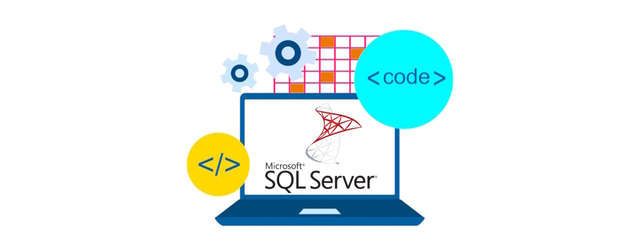
 |
Sql Server Part4 - Advance Level
 Sql Server Part4 - Advance Level Published 6/2025 Created by ajay parmar MP4 | Video: h264, 1280x720 | Audio: AAC, 44.1 KHz, 2 Ch Level: Expert | Genre: eLearning | Language: English | Duration: 11 Lectures ( 3h 59m ) | Size: 2 GB DML, DDL , SQL Interview prepartion - Advance level What you'll learn Difference between DDL (e.g., CREATE, DROP) and DML (e.g., INSERT, UPDATE, DELETE) Concepts of Database, Schema, and Table - how they work and differ. How to create, drop, and rename tables, columns, and databases properly. Writing UPDATE queries for real-world tasks (e.g., customer discount logic, quantity updates). Solving 16+ interview-style SQL questions, such as:Find the Nth highest ID Detect employees who appeared twice or thrice consecutively Get employees with more Requirements If you completed Part3, you are good to start with this Part4 Description What will you learn: Inteview Questions with explanition + DDL | DML SQL with full explanation.SQL is broadly categorized into DDL (Data Definition Language) and DML (Data Manipulation Language).DDL is used to define and modify structures like databases, schemas, and tables.Commands like CREATE, DROP, ALTER, and RENAME are all part of DDL.DML is used for manipulating data inside tables-using SELECT, INSERT, UPDATE, and DELETE.A database is a structured container where all schemas, tables, and other objects are stored.A schema is like a folder inside a database that helps logically organize related database objects.A table is a set of rows and columns designed to store actual data records.Every table must have column names, data types, and optional constraints like PRIMARY KEY, NOT NULL, or UNIQUE.Use CREATE TABLE to build new tables and DROP TABLE to delete them permanently.Avoid using spaces and reserved keywords in table or column names; use consistent naming conventions.One project focused on Update_SQL_CustomerTable_ShowDiscount, updating customers' discount values dynamically.Another project updated customer order quantities based on recent sales or category.We used SP_RENAME to rename columns-ensuring backward compatibility without losing data.We practiced solving real SQL interview questions that appear commonly in job scenarios.How to find the 4th highest ID in a table using subqueries or ROW_NUMBER().How to retrieve the Nth highest ID, customizable using dynamic ranking logic.How to identify employees who entered twice consecutively using LAG() or self-joins.Find customers who appeared at least three times consecutively, showing repeat behaviors.Write queries to count employees who got more incentives than their managers using joins. Who this course is for Students or professionals preparing for SQL interviews or data-related job roles. Anyone who wants to understand how databases, tables, schemas, and queries work. Students who have completed Part 3 and are ready to explore SQL Joins in depth. Homepage Код:
https://www.udemy.com/course/sql-server-part4-advance-level/Цитата:
|
| Часовой пояс GMT +3, время: 22:42. |
vBulletin® Version 3.6.8.
Copyright ©2000 - 2025, Jelsoft Enterprises Ltd.
Перевод: zCarot